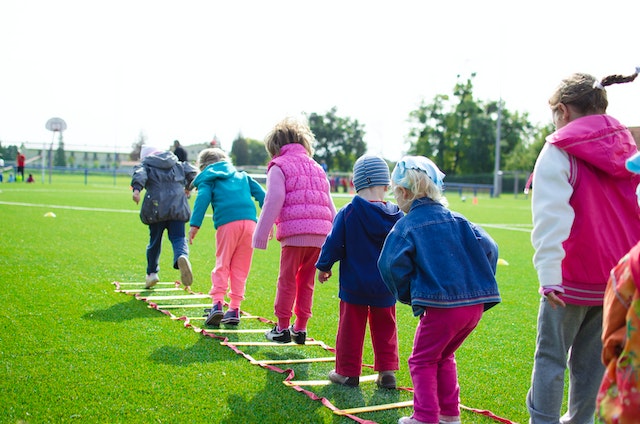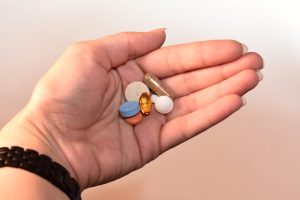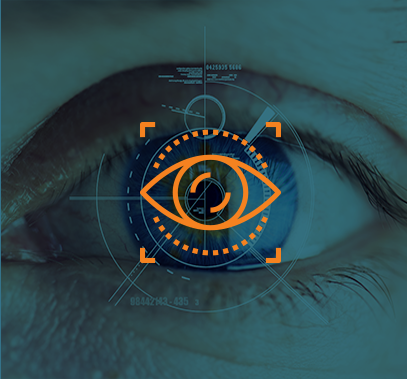
Myopia, commonly known as nearsightedness, has been on the rise in recent years, becoming a global epidemic. While wearing eyeglasses or contact lenses can correct the blurred vision caused by myopia, it does not address the underlying issue. The good news is that myopia control strategies have emerged as a promising way to slow down the progression of myopia, helping to maintain healthy vision in the long run. In this blog, we will explore what myopia control is, why it’s essential, and some effective methods supported by scientific research to curb the advancement of myopia in children and young adults.
What is Myopia Control?
Myopia is a refractive error where distant objects appear blurry, but close-up objects are seen clearly. This occurs when the eyeball grows too long or the cornea’s curvature is too steep, causing light to focus in front of the retina rather than directly on it. Myopia control aims to manage the progression of myopia, ultimately reducing the risk of developing high myopia, which can lead to serious eye conditions later in life, such as retinal detachment, glaucoma, and macular degeneration.
Why is Myopia Control Important?
The prevalence of myopia has reached alarming levels globally. According to a 2020 study published in the journal “Ophthalmology,” it is estimated that half of the world’s population could be affected by myopia by 2050. Factors such as increased screen time, reduced outdoor activities, and genetic predisposition contribute to this growing concern.
High myopia significantly increases the risk of eye diseases that can lead to vision loss and impairment. Myopia control measures play a vital role in preserving ocular health and preventing potentially irreversible complications later in life.
Effective Myopia Control Methods
- Orthokeratology (Ortho-K): As discussed in the previous blog, Ortho-K involves wearing custom-designed gas-permeable contact lenses overnight to reshape the cornea temporarily. Numerous studies, such as the one published in the “Journal of Optometry” in 2019, have demonstrated that Ortho-K effectively slows down myopia progression in children.
- Multifocal Contact Lenses: Multifocal contact lenses have different prescriptions in various zones of the lens, allowing for clear vision at different distances. A meta-analysis published in “Eye & Contact Lens” in 2020 concluded that multifocal contact lenses are beneficial for myopia control in children and adolescents.
- Low-Dose Atropine Eye Drops: Atropine is a medication that relaxes the eye’s focusing mechanism, effectively slowing down myopia progression. A study published in the “Journal of the American Medical Association” in 2017 found that low-dose atropine eye drops were effective in controlling myopia progression over a two-year period.
- Increased Outdoor Time: Several studies, including one published in “JAMA Ophthalmology” in 2015, have shown that increased time spent outdoors, particularly in natural light, is associated with a reduced risk of myopia development and progression in children.
Myopia control is not just about providing clear vision; it’s about safeguarding the eye health of the future generations. With the prevalence of myopia soaring worldwide, it is crucial to implement effective strategies to curb its progression and prevent the associated risks of high myopia.
Orthokeratology, multifocal contact lenses, low-dose atropine eye drops, and increased outdoor time have all shown promise in slowing down myopia progression in children and young adults. However, it’s essential to consult an eye care professional to determine the most suitable myopia control method for an individual’s specific needs.
Let’s take proactive steps to protect the vision of the next generation. Together, we can foster healthy eyes and brighter futures. Eye Solutions loves to helps our little patients see better as well as protect their vision.
References:
- Holden, B. A., Fricke, T. R., Wilson, D. A., Jong, M., Naidoo, K. S., Sankaridurg, P., … & Resnikoff, S. (2016). Global prevalence of myopia and high myopia and temporal trends from 2000 through 2050. Ophthalmology, 123(5), 1036-1042.
- Walline, J. J., Greiner, K. L., McVey, M. E., & Jones-Jordan, L. A. (2013). Multifocal contact lens myopia control. Optometry and Vision Science, 90(11), 1207-1214.
- Chia, A., Chua, W. H., Cheung, Y. B., Wong, W. L., Lingham, A., Fong, A., … & Tan, D. (2017). Atropine for the treatment of childhood myopia: safety and efficacy of 0.5%, 0.1%, and 0.01% doses (Atropine for the Treatment of Myopia 2). JAMA Ophthalmology, 135(6), 624-630.
- Li, S. M., Ji, Y. Z., Wu, S. S., Zhan, S. Y., Wang, N., Liu, L. R., … & Xu, X. R. (2019). Multifocal versus single vision lenses intervention to slow myopia progression in school-age children: a meta-analysis. Eye & Contact Lens, 46(4), 249-259.
- Huang, J., Wen, D., Wang, Q., McAlinden, C., Flitcroft, I., Chen, H., … & Chen, W. (2020). Efficacy comparison of 16 interventions for myopia control in children: a network meta-analysis. Ophthalmology, 127(5), 664-674.
- Wu, P. C., Chen, C. T., Lin, K. K., Sun, C. C., Kuo, C. N., & Huang, H. M. (2013). Myopia prevention and outdoor light intensity in a school-based cluster randomized trial. Ophthalmology, 120(5), 1080-1085.





